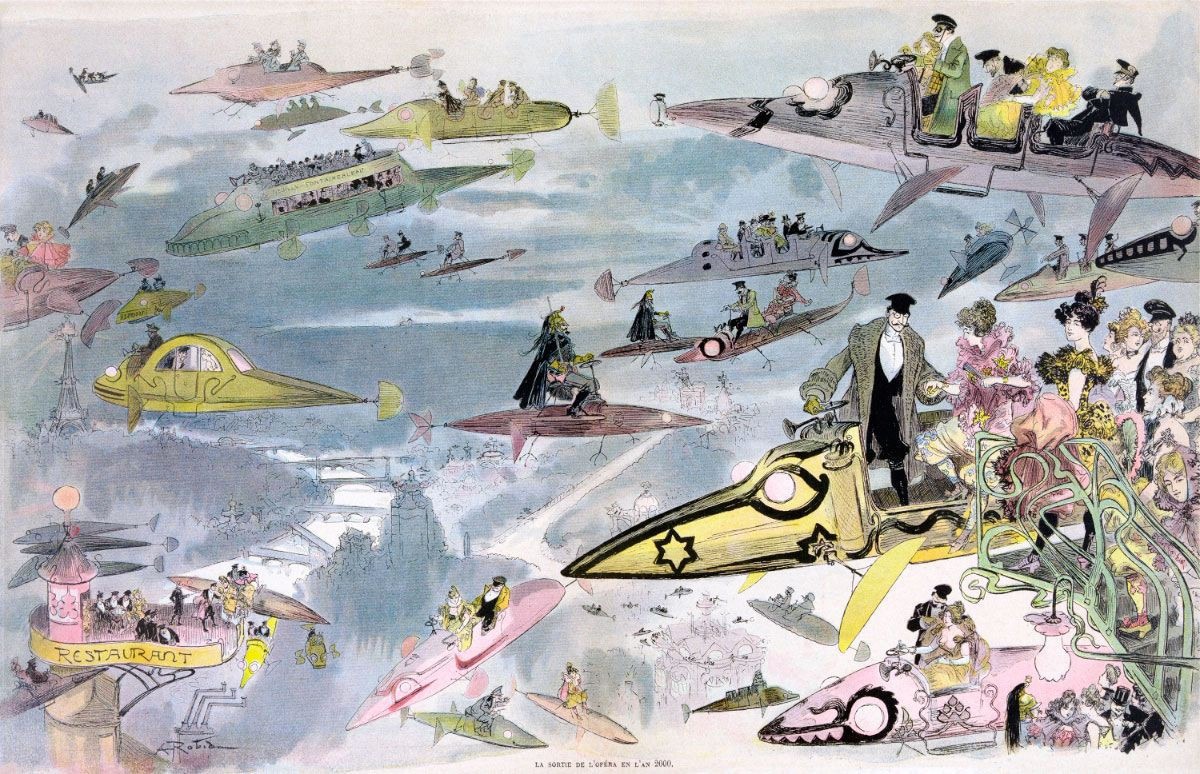To many, algorithms and Artificial Intelligence are just simple terms used in the tech and internet world, having little to no actual meaning. The main difference between said two, according to Kaya Ismail, is that algorithm is “a set of instructions”, whereas AI is a group of algorithms, capable of change, adaptation, and growth, hence the term “intelligence”.[1] To put it more simply, Dr. Mousavi argues that people should see the relations between AI and algorithms as the relationship between cars and flying cars. With AI, you do not tell computer what to do – it determines the most likely and common course of action itself.[2]

However, even the first AI started as nothing more but an idea and an algorithm. Thus, one may wonder – how does a simple algorithm develop into something so great and grandiose as the concept of Artificial Intelligence?
At the wake of the Second World War, an accelerator for many technological developments, the desire to understand the functioning of machines as well as organic beings became stronger than ever. While the term “Artificial Intelligence” only came a few years later, the beginning of 1960’s marked the transition from decimal logic to binary logic, which heavily relies on Boolean Algebra and, thus, deals with chains of 0 and 1.[3]
The term Artificial intelligence only came a few years later, and was defined as:
“the construction of computer programs that engage in tasks that are currently more satisfactorily performed by human beings because they require high-level mental processes such as: perceptual learning, memory organization and critical reasoning.”
-Marvin Minsky.
While the term Artificial Intelligence didn’t stick for too long at first – due to minimal memory of the machines and difficulties using computer language – traits of the first AI can be found almost everywhere nowadays. [4] Something that once started as a simple concept in a room of six people, eventually became the first chatbot, the first computer to beat a world chess champions, and grew to be a part of our everyday lives, including our mobile phones, social media, and much more.[5]

Nowadays, Artificial Intelligence is deployed almost everywhere, including transportation, healthcare, and education. Similarly, we often encounter it in our daily lives, whether we use smart home applications or just scroll through our social media feeds.[6] Further, AI is becoming more popular than ever before – google maps become more accurate, home assistants – smarter. Not only that, but the use of social media has turned the public eye towards the more personal capabilities of AI as well, such as creating online art or chatting with hyper-realistic chatbots.
Thus, one may question – if AI has come so far, what are its limits and potential? While no one can know exactly, the possibilities of Artificial Intelligence seem to be endless. In the near future, it is suspected that AI will poise a significant effect on sustainability, climate change, and environmental issues. It is hoped that through a variety of sophisticated AI sensors, cities will become less polluted and more livable. [7]
However, that’s not the end of it. While many fear the idea of conscious AI due to popular representation, there is still much to learn about what the growth of it could really mean. Perhaps not in the near, but certainly in the future, significant developments of Artificial Intelligence could truly personalize medicine,[8] enhance cybersecurity, and maximize efficiency as well as other aspects of our lives.[9]
Thus, while there are certain risks involved, – such as bad people using AI for bad things – the use of AI invites everyone to enjoy a plethora of advantages as well. Similarly, while some people fear the idea of sentient artificial intelligence, it is still a long way to come and Artificial Intelligence continues to require a human touch.[10]
The future of Artificial Intelligence – and, consequently, the world – is bright, promising, and will undoubtedly change the world. With, or without, us.
[1] https://www.cmswire.com/information-management/ai-vs-algorithms-whats-the-difference/
[2] https://www.cmswire.com/information-management/ai-vs-algorithms-whats-the-difference/
[3] https://www.coe.int/en/web/artificial-intelligence/history-of-ai#:~:text=1940%2D1960%3A%20Birth%20of%20AI,of%20machines%20and%20organic%20beings.
[4] https://www.coe.int/en/web/artificial-intelligence/history-of-ai#:~:text=1940%2D1960%3A%20Birth%20of%20AI,of%20machines%20and%20organic%20beings.
[5] https://www.javatpoint.com/history-of-artificial-intelligence
[6] https://itchronicles.com/artificial-intelligence/where-is-ai-used-today/
[7] https://builtin.com/artificial-intelligence/artificial-intelligence-future
[8] https://www.forbes.com/sites/forbesbusinesscouncil/2022/05/05/the-future-of-ai-5-things-to-expect-in-the-next-10-years/?sh=7c2c89bc7422
[9] https://www.javatpoint.com/future-of-artificial-intelligence
[10] https://www.aeratechnology.com/blogs/why-machines-will-always-need-that-human-touch


Recent Comments